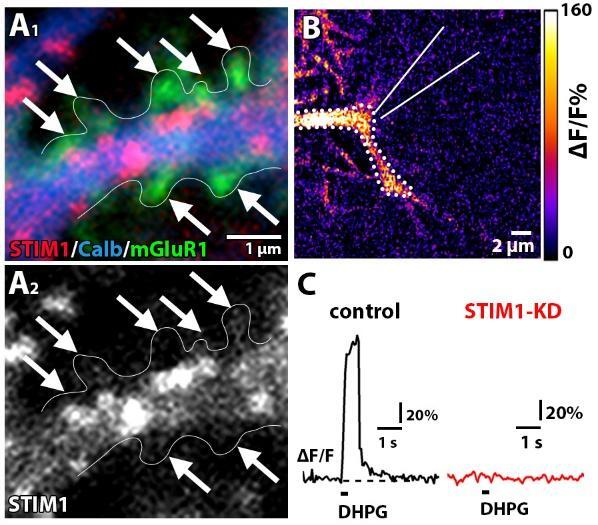2025-04-24 中国科学院(CAS)
<関連情報>
- https://english.cas.cn/newsroom/research_news/life/202504/t20250424_1041896.shtml
- https://www.pnas.org/doi/10.1073/pnas.2423374122
異なるオキシトシン・シグナル伝達経路が相乗的にマウスのレスキュー様行動を媒介する Distinct oxytocin signaling pathways synergistically mediate rescue-like behavior in mice
Feng-Rui Zhang, Juan Liu, Jieqi Wen, +4 , and Zhou-Feng Chen
Proceedings of the National Academy of Sciences Published:April 23, 2025
DOI:https://doi.org/10.1073/pnas.2423374122
Significance
This study reveals that mice exhibit spontaneous rescue-like behavior, facilitating the recovery of anesthetized conspecifics without prior training or external rewards. Observer mice, distressed by their anesthetized peers, instinctively engage in social licking and grooming, which accelerates awakening while also alleviating their own stress levels. This innate response serves as a valuable model for exploring the mechanisms underlying prosocial behavior. Moreover, the research identifies specific neuronal pathways in the brain, driven by the neuropeptide oxytocin, that independently govern the emotional and motor components of this behavior. These findings improve our understanding of the evolutionary roots of empathy and may provide insights into social behavior across species.
Abstract
Spontaneous rescue behavior enhances the well-being and survival of social animals, yet the neural mechanisms underlying the recognition and response to conspecifics in need remain unclear. Here, we report that observer mice experience distress when encountering anesthetized conspecifics, prompting spontaneous rescue-like behavior toward the unconscious mice. This behavior facilitates the earlier awakening of anesthetized mice while simultaneously alleviating stress in the helper mice. Our findings reveal that endogenous oxytocin (OXT) release from the hypothalamic paraventricular nucleus (PVN) to the oxytocin receptor (OXTR) in the central nucleus of the amygdala (CeA) regulates the emotional component of rescue-like behavior. In contrast, OXT release from the PVN to OXTR in the dorsal bed nucleus of the stria terminalis (dBNST) mediates the motor component of the behavior. Furthermore, we demonstrate that these two pathways exhibited distinct temporal dynamics and functional roles. The OXTPVN-OXTRCeA pathway is activated in a transient and intense manner, acting as a trigger for rescue-like behavior, whereas the OXTPVN-OXTRdBNST pathway responds in a sustained manner, ensuring the continuation of the behavior. These findings highlight the remarkable ability of rodents to engage in targeted helping behavior and suggest that distinct subcortical oxytocinergic pathways selectively and synergistically regulate the motor and emotional aspects of rescue-like behavior.



